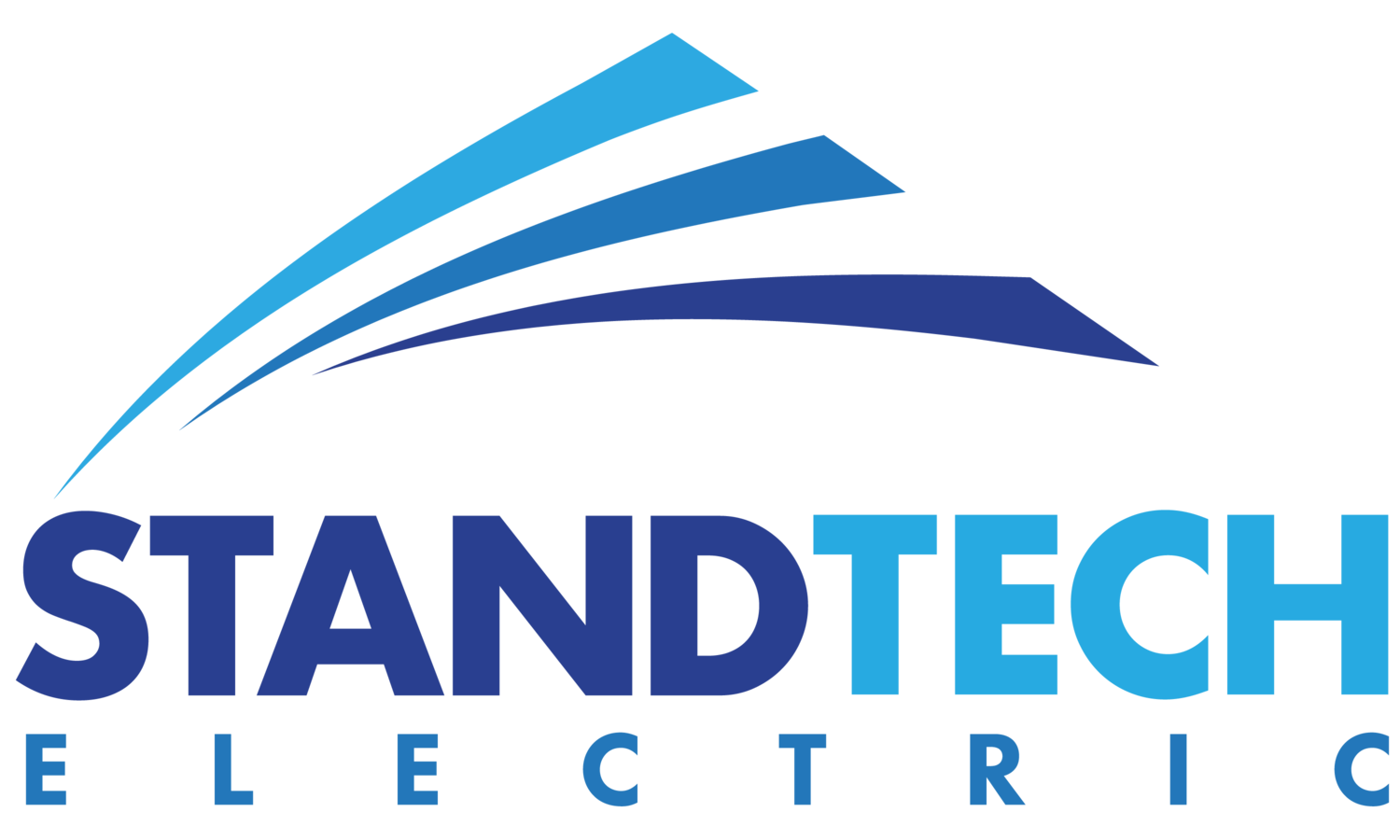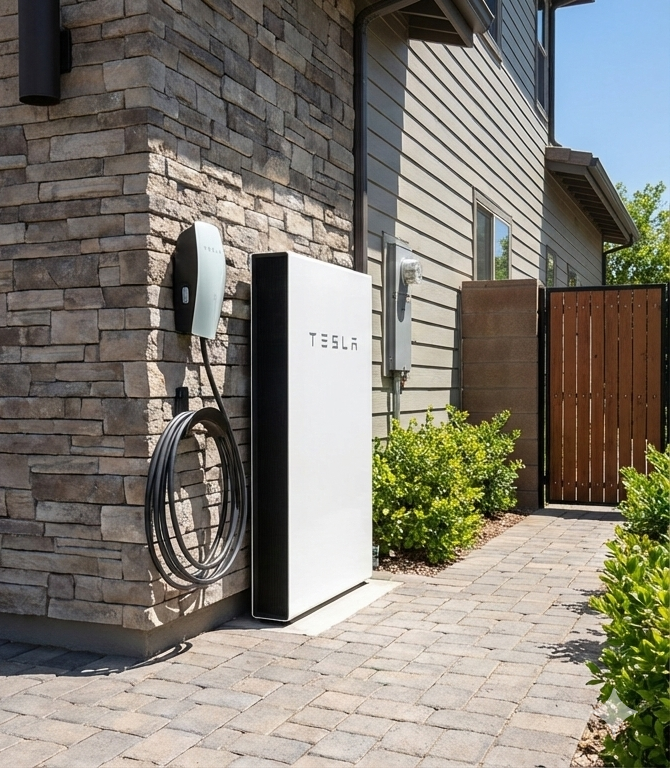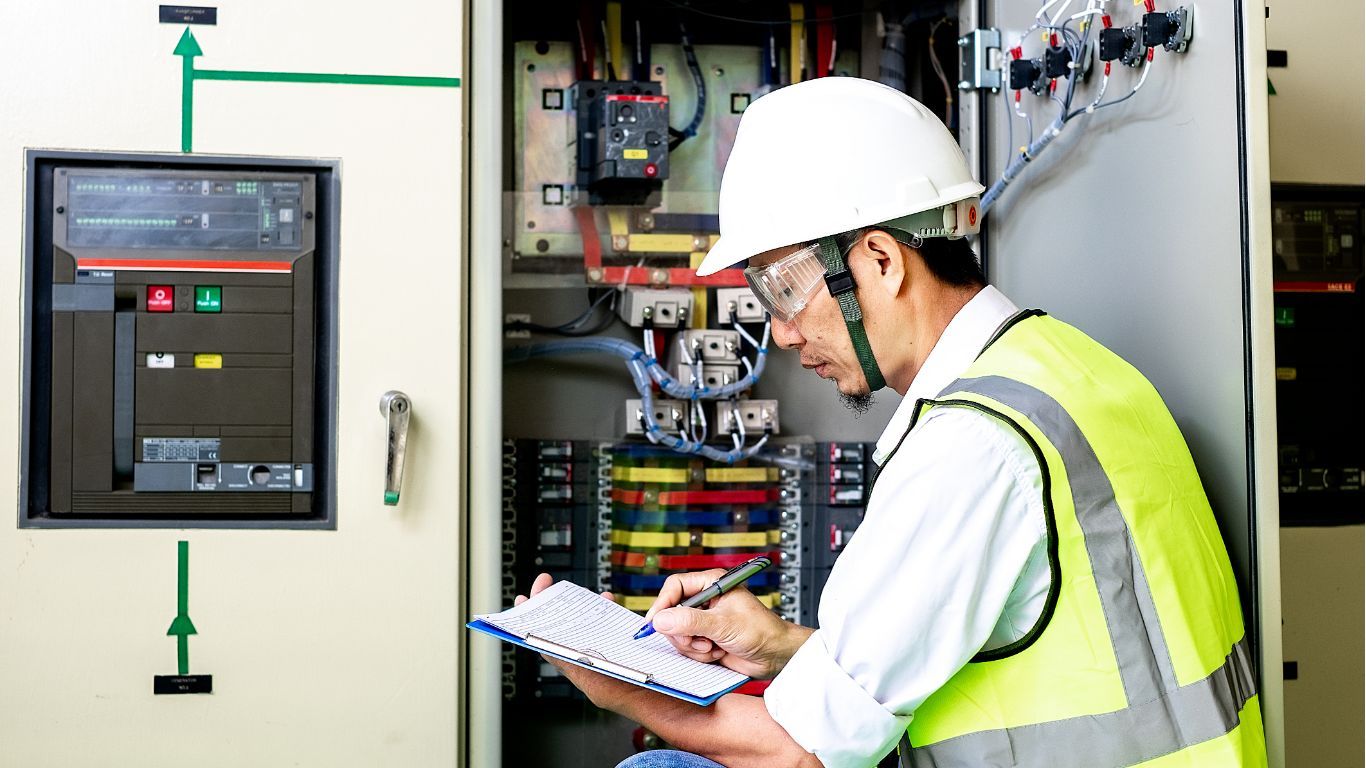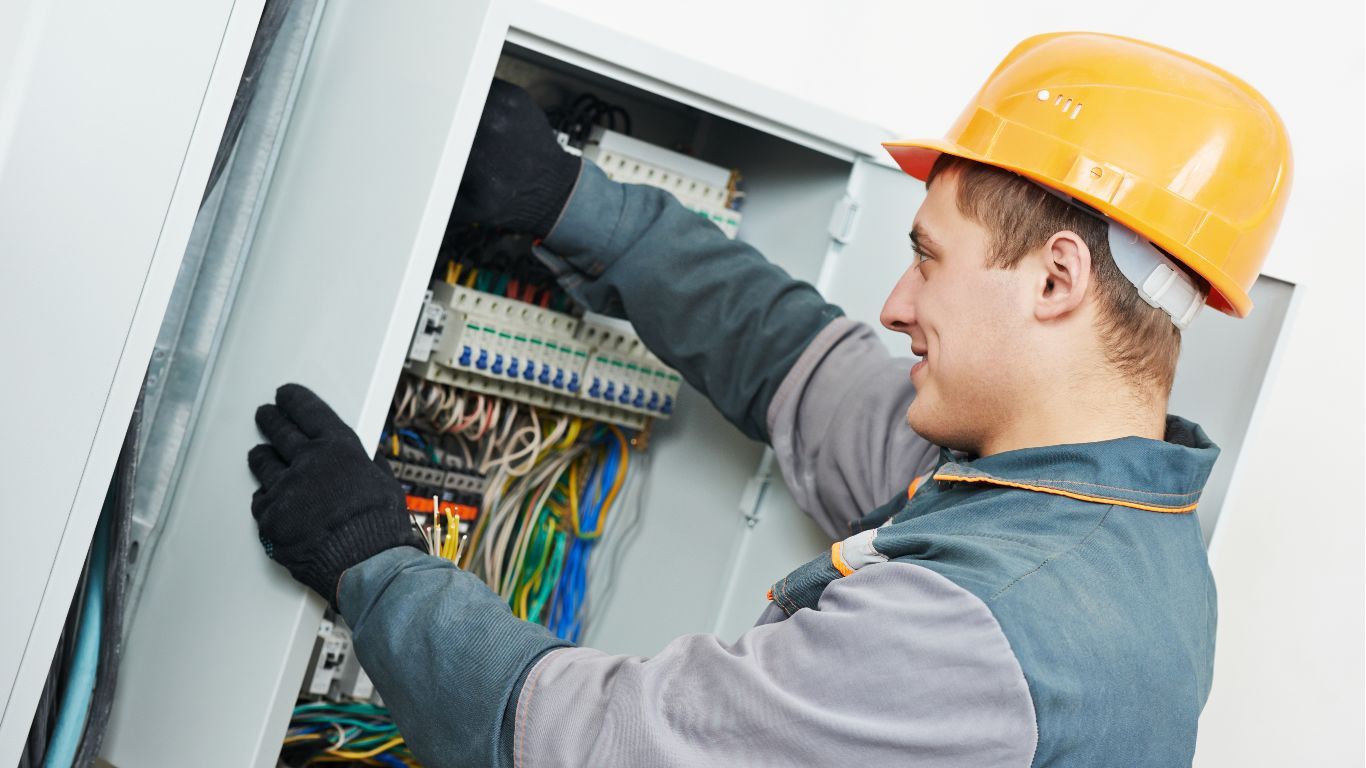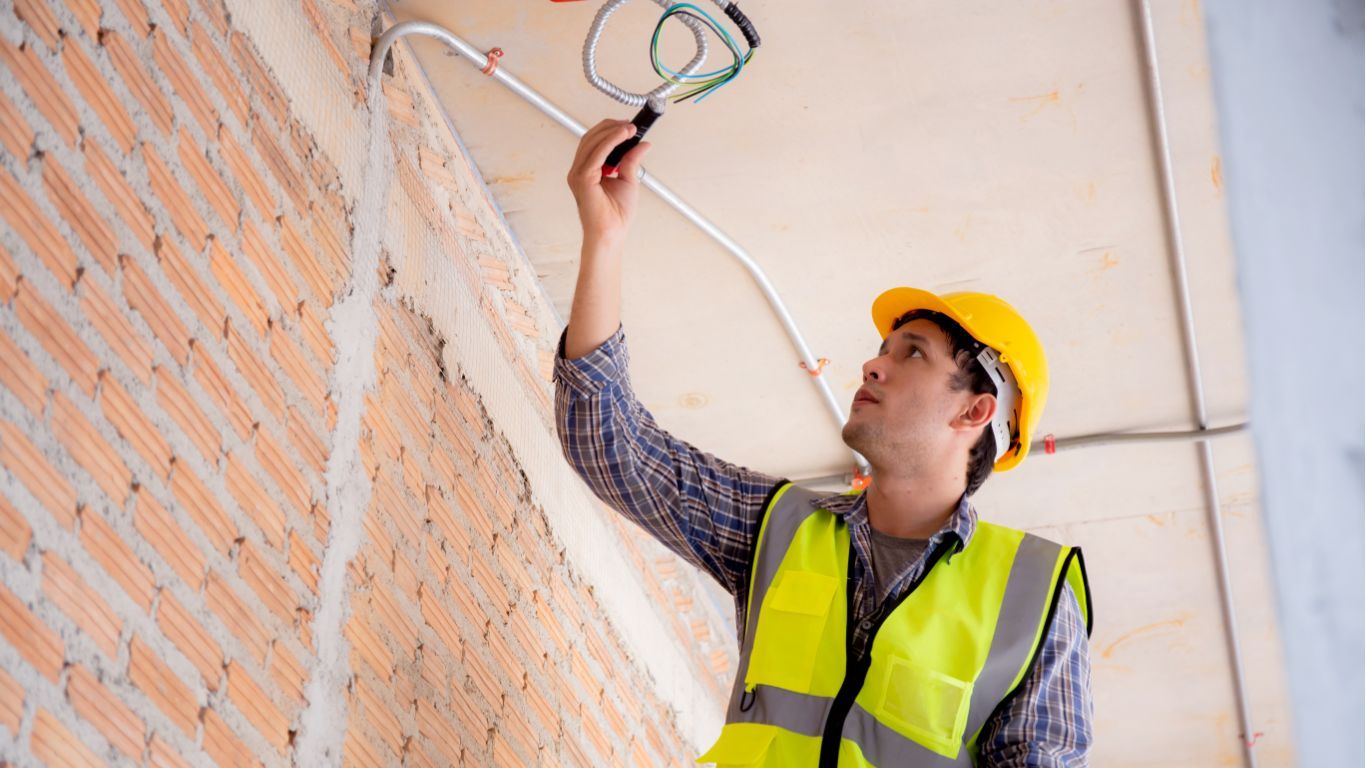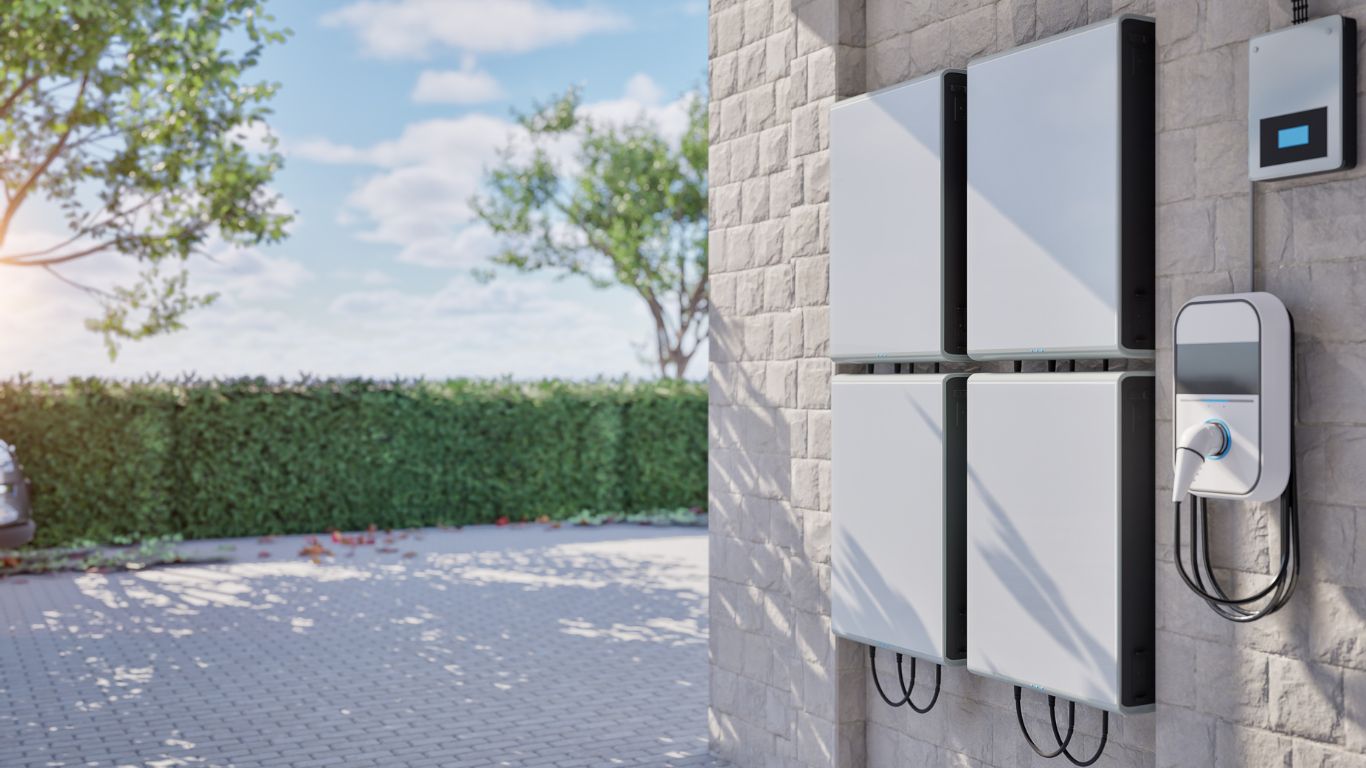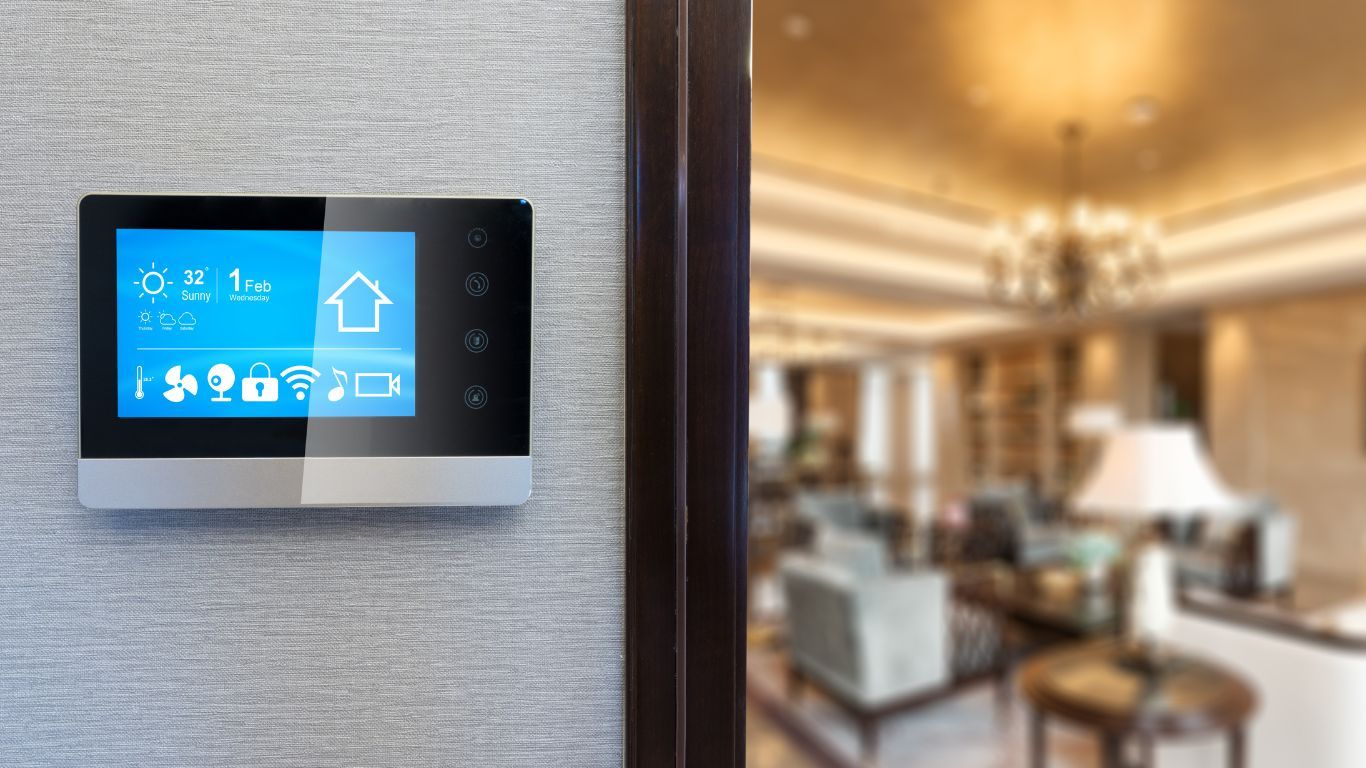Do I Need to Upgrade My Electrical Panel for EV Charger Installation?
As electric vehicles (EVs) become more common on Long Island roads, more homeowners are considering adding an EV charger to their garages or driveways. It’s convenient, eco-friendly, and a big step forward in personal energy independence. But one critical question often comes up early in the process:
Do I need to upgrade my electrical panel before installing an EV charger?
The answer? Maybe. And understanding the answer could save you time, money, and potential electrical headaches down the line.
At StandTech Electric, we’ve handled thousands of EV charger installations across Long Island. Many of our customers are surprised to learn that a panel upgrade is sometimes a necessary—and smart—part of the process.
In this article, we’ll break down how to know if your panel is up to the task, why it matters, and how to make the right decision for your home.
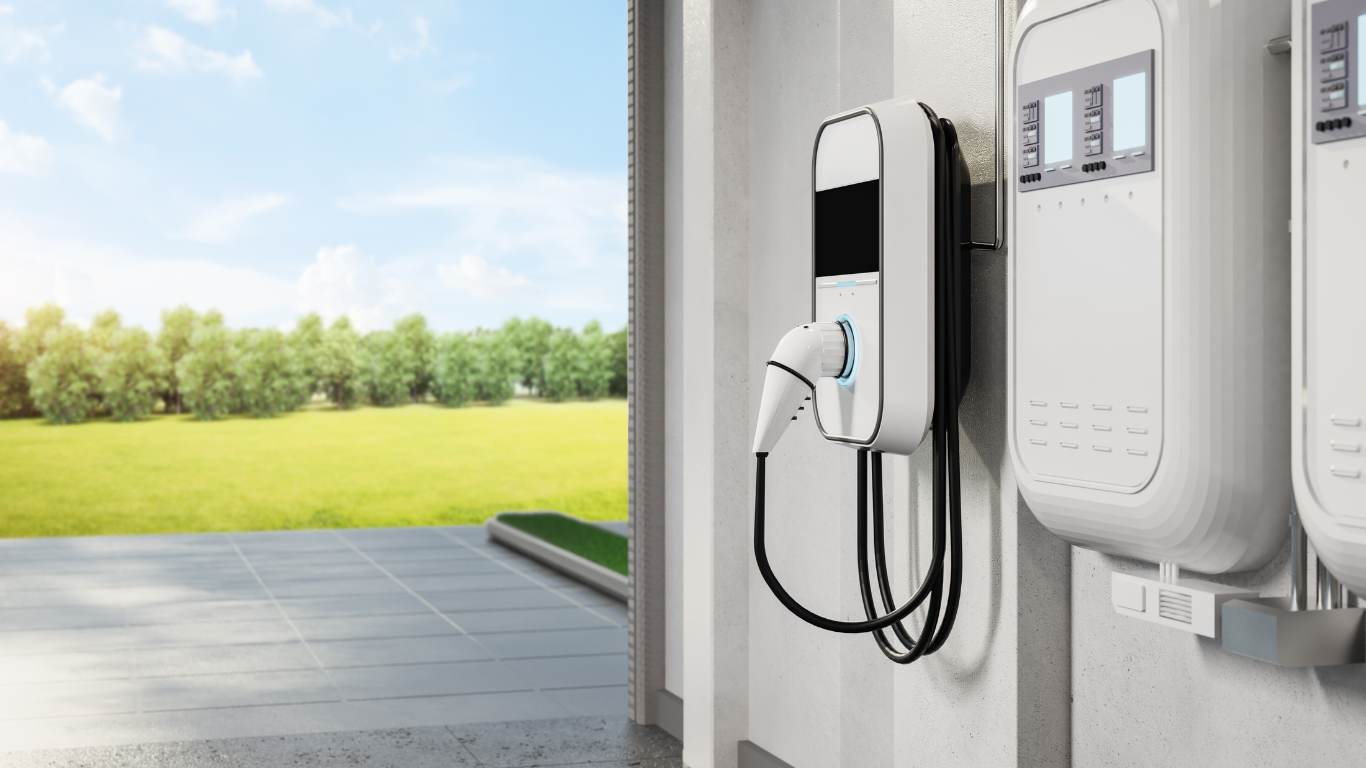
What Is an Electrical Panel—and Why It Matters for EV Charging
Your electrical panel (also known as a breaker box or service panel) is the hub that distributes electricity throughout your home. It receives power from the utility company and divides it into circuits that run appliances, lights, outlets, and more.
Every panel has a maximum capacity, measured in amperage. Older homes might have a 100-amp panel; newer homes might have 150 or 200 amps or more. Your panel’s capacity determines how much electricity can flow through your house at once—without overloading circuits or tripping breakers.
EV chargers, especially Level 2 models and Tesla Wall Connectors, require a significant amount of electricity. If your panel is already close to capacity, plugging in a high-demand device like an EV charger can tip the balance—and potentially cause safety issues or power interruptions.
That’s why we always begin EV charger installation with a full electrical load calculation. We need to know what your home can currently handle—and whether it’s time for an upgrade.
Signs Your Electrical Panel Might Need an Upgrade
If you’re unsure whether your home’s electrical system can support an EV charger, look out for these common signs:
1. Your Home Is Over 25 Years Old
Many Long Island homes built before the 1990s have 100-amp panels, which were sufficient back then—but likely aren’t anymore. Today’s modern homes have more appliances, smart devices, and electric systems. Add an EV charger to that mix, and 100 amps often isn't enough.
2. You Notice Flickering Lights or Tripping Breakers
This can indicate that your panel is operating near or beyond its limit. Even if you’re not using a charger yet, this kind of instability suggests the system is stressed and may not support more load.
3. You’re Already Using Several High-Energy Appliances
Electric ovens, HVAC systems, dryers, water heaters, and now—EV chargers. All of these demand serious power. If multiple are running at once, your current panel may not have room to spare.
4. Your Panel Is Full or Labeled “Obsolete”
If there’s no room left to install a new dedicated breaker for the charger—or worse, if your panel model is outdated or has been recalled (like Federal Pacific or Zinsco models)—an upgrade isn’t just recommended. It’s essential.
At StandTech Electric, we inspect your panel before every install and let you know what’s safe, what’s possible, and what’s necessary. No guesswork—just clarity.
How Much Power Does an EV Charger Actually Need?
Level 1 Chargers (Standard Wall Outlet)
- Voltage: 120V
- Amps: 12–16
- Charging Speed: ~4–5 miles of range per hour
- Panel Impact: Minimal, but very slow
These use a regular outlet and usually don’t require a panel upgrade, but the tradeoff is extremely slow charging—often over 24 hours for a full battery.
Level 2 Chargers (240V Dedicated Circuit)
- Voltage: 240V
- Amps: 30–60
- Charging Speed: 25–30+ miles of range per hour
- Panel Impact: High. Most likely to trigger upgrade needs.
This is the most common setup for home charging and the one we install most frequently. Level 2 chargers require a dedicated circuit and sufficient amperage, which is where panel limitations become a real factor.
Tesla Wall Connector
- Voltage: 240V
- Amps: Up to 48
- Charging Speed: 44+ miles of range per hour
- Panel Impact: Significant.
Tesla’s own charger is sleek and powerful—but demands serious capacity. A panel upgrade is often required to run it safely and effectively.
What’s Involved in an Electrical Panel Upgrade?
An electrical panel upgrade is more than just swapping out a box—it’s a strategic update to your home’s power system that prepares you for modern living and future energy use.
Here’s what the process looks like when you work with StandTech Electric:
- Initial Assessment & Load Calculation
- We examine your existing panel and all connected appliances
- Run a load calculation to determine current and future usage
- Permit Handling
- We pull all necessary permits for the panel upgrade (required by law)
- Utility Coordination
- If needed, we work with your utility company to upgrade your service
- Panel Installation
- We install a new, high-capacity panel (typically 200 amps or more)
- Rewire circuits and add new breakers as needed
- Code Compliance & Inspection
- We ensure your new panel is fully code-compliant and pass all inspections
- EV Charger Installation
- Once the panel is ready, we install your EV charger on a dedicated circuit
The whole process is seamless, with zero guesswork on your end. We handle everything, and you’re kept in the loop from start to finish.
What’s the Cost of a Panel Upgrade?
Costs vary depending on:
- Your home’s age and wiring conditions
- Whether utility service also needs upgrading
- Labor and permitting requirements
In most cases, panel upgrades range from $1,800–$3,500 on Long Island.
It’s an investment—but one with serious long-term value:
- Improved safety
- Support for future electric appliances
- Increased resale value
- Zero hassle when installing new tech (solar, battery, smart devices)
And when you combine it with EV charger installation, you’re creating a more energy-resilient, future-ready home.
Is It Ever Possible to Avoid a Panel Upgrade?
In some cases, yes. We’ve helped clients install EV chargers without a full panel upgrade by using solutions like:
- Load management systems (LMS): Automatically balance energy loads
- Hardwired lower-amp chargers
- Time-of-use charging to avoid peak load overlaps
But these setups aren’t ideal for every home. We’ll walk you through the best options during your consultation and only recommend what makes sense for your home and budget.
Why Long Island Homeowners Trust StandTech Electric
You’re not just installing a charger—you’re upgrading your home’s electrical system. You want the job done right, by a team that understands both the technical requirements and the local regulations.
Here’s why StandTech Electric is trusted by thousands of homeowners across Long Island:
- 25+ years of electrical experience
- 3,000+ completed projects
- Local code knowledge & permit handling
- Tesla Wall Connector certified
- 5-star reviews from homeowners just like you
- Fully licensed, insured, and background-checked technicians
We’ve seen every type of home and every type of panel. Our goal isn’t just to install a charger—it’s to future-proof your home for everything coming next.
Planning Ahead: A Panel Upgrade Is About More Than Just the Charger
Even if your current panel could support an EV charger, it’s worth thinking long-term.
Electrification is growing—fast. Over the next 5–10 years, many homeowners will add:
- Electric heat pumps
- Induction cooktops
- Battery backup systems
- Solar panels
- Smart home systems
A 200-amp or higher panel gives you the flexibility to upgrade as needed—without having to keep tearing open your walls and rewiring your circuits.
A panel upgrade today sets you up for a cleaner, smarter, and more energy-efficient tomorrow.
Final Thoughts: Get It Right the First Time
If you’re serious about EV ownership and home charging, don’t overlook your electrical panel.
Ignoring it can lead to:
- Delayed installations
- Surprise costs
- Overloaded circuits
- Failed inspections
By working with StandTech Electric, you’re not just getting a charger on your wall. You’re getting a trusted partner who understands electrification from every angle—and ensures your home is safe, compliant, and ready for the future.
Ready to Power Up?
Let’s find out if your home is ready for an EV charger—or if a panel upgrade makes sense.
📞
Call StandTech Electric at (516) 407-3737
📍 Serving All of Long Island
🔌
Book your EV charger installation here
Whether you drive a Tesla, a Rivian, or any EV in between—we’ll help you charge it right from the comfort of your home.
